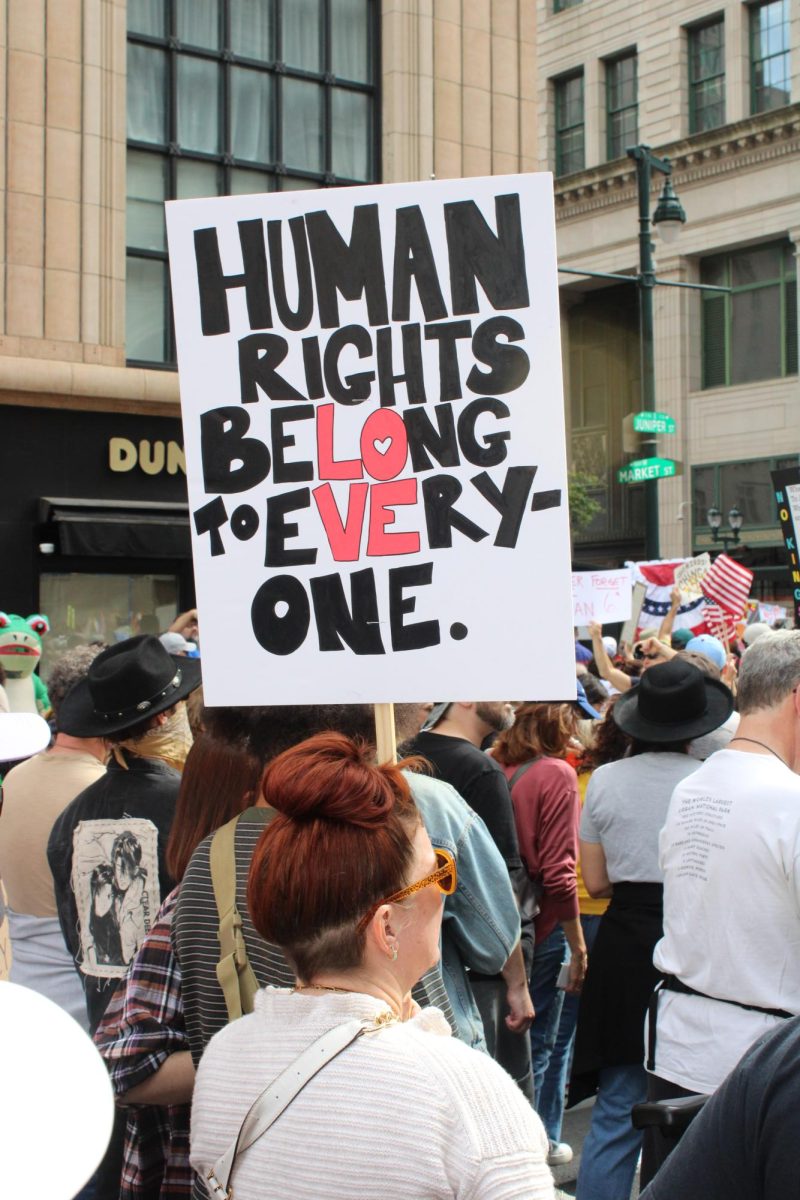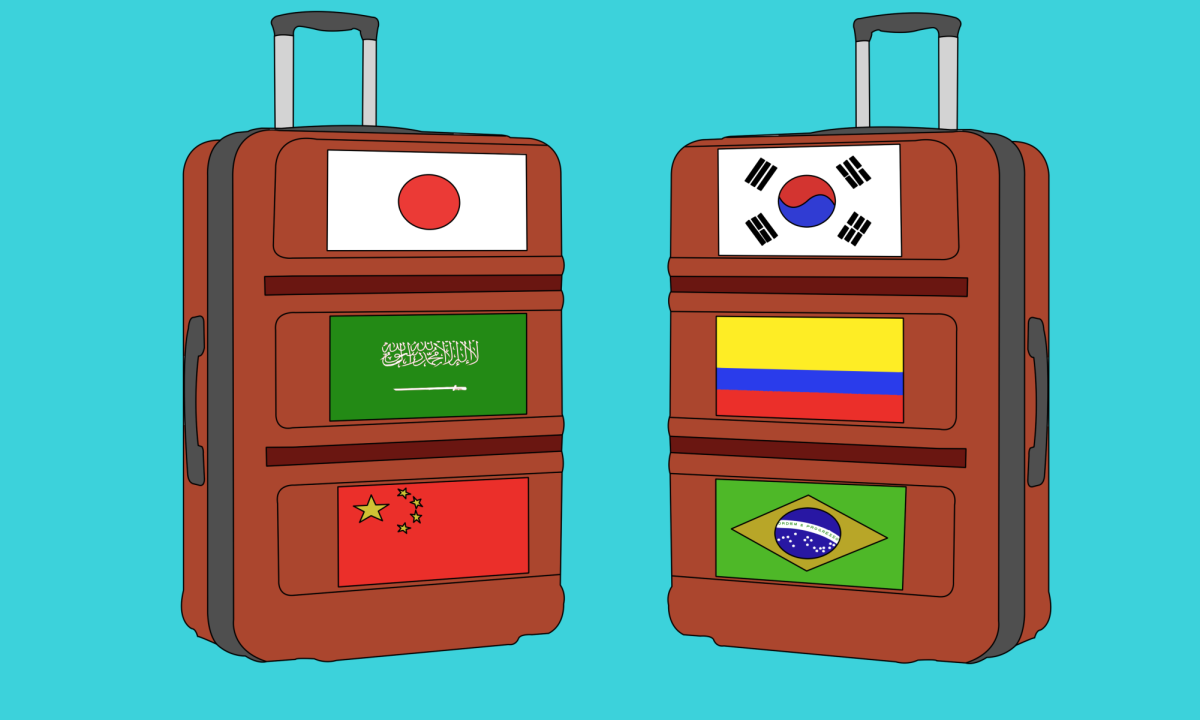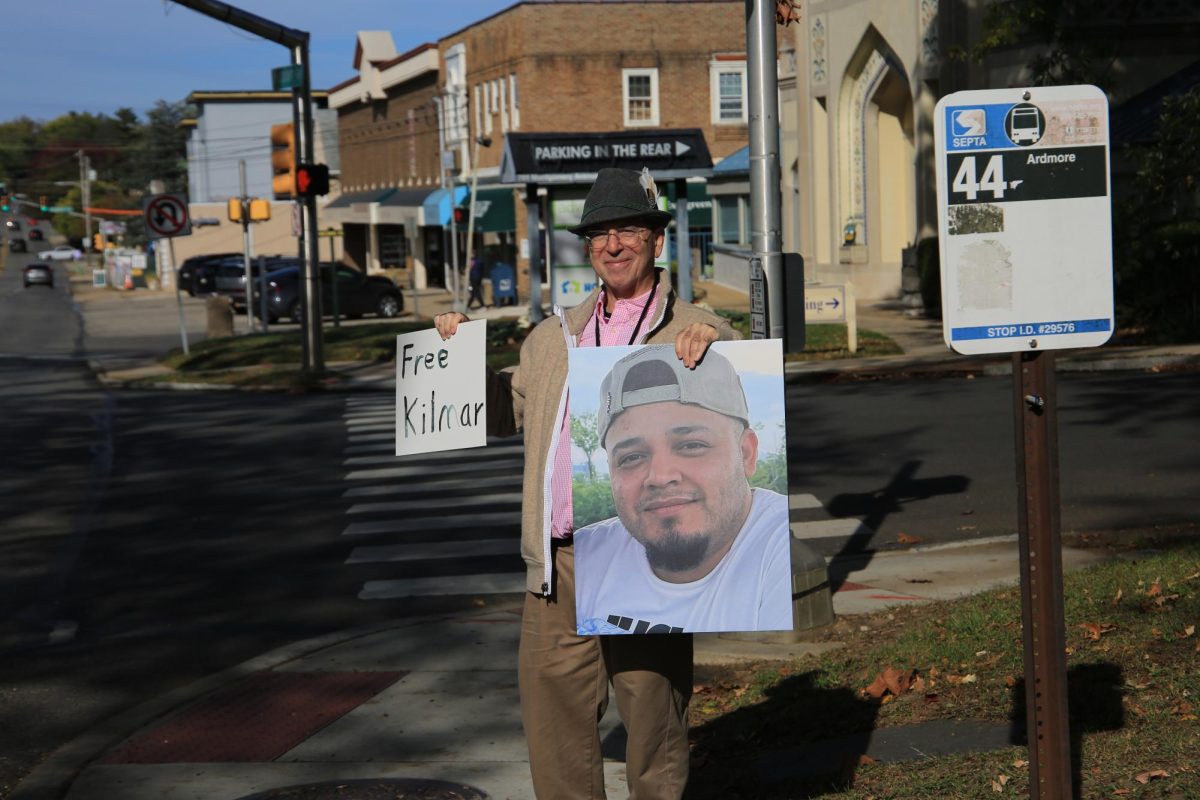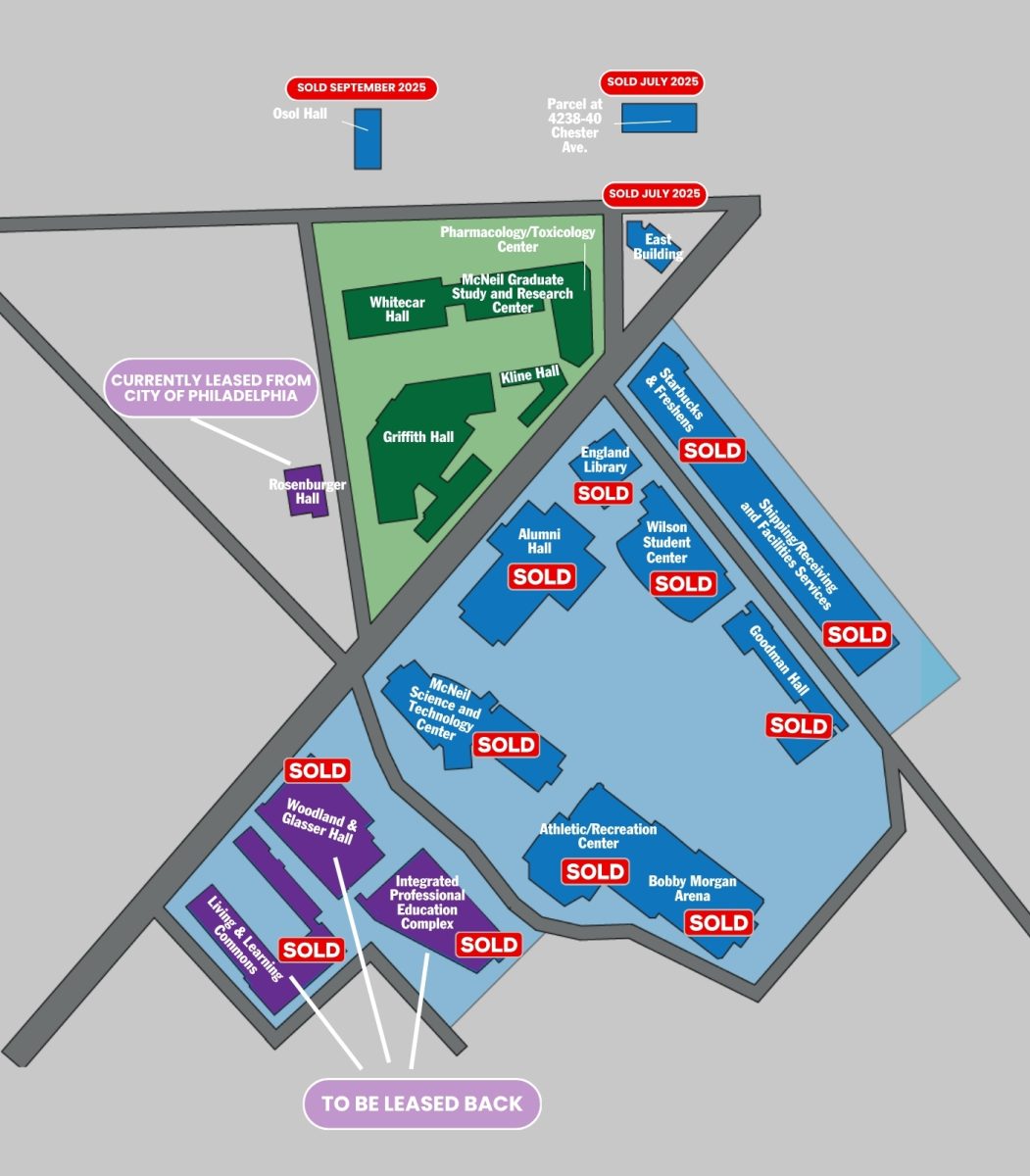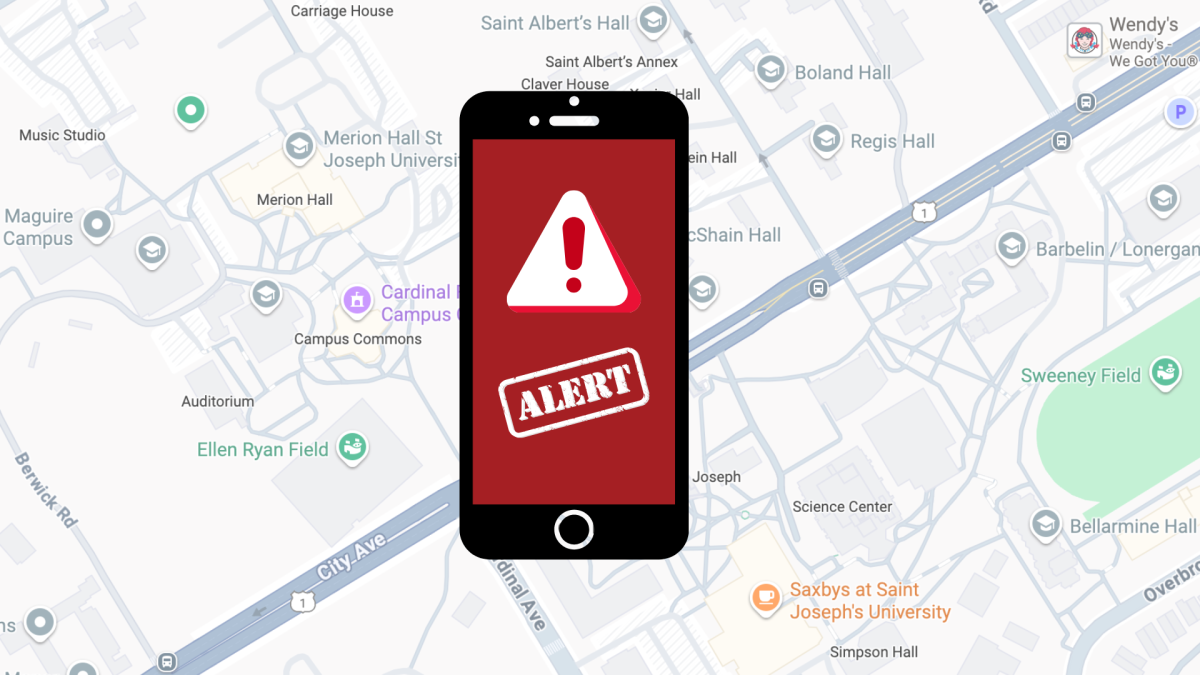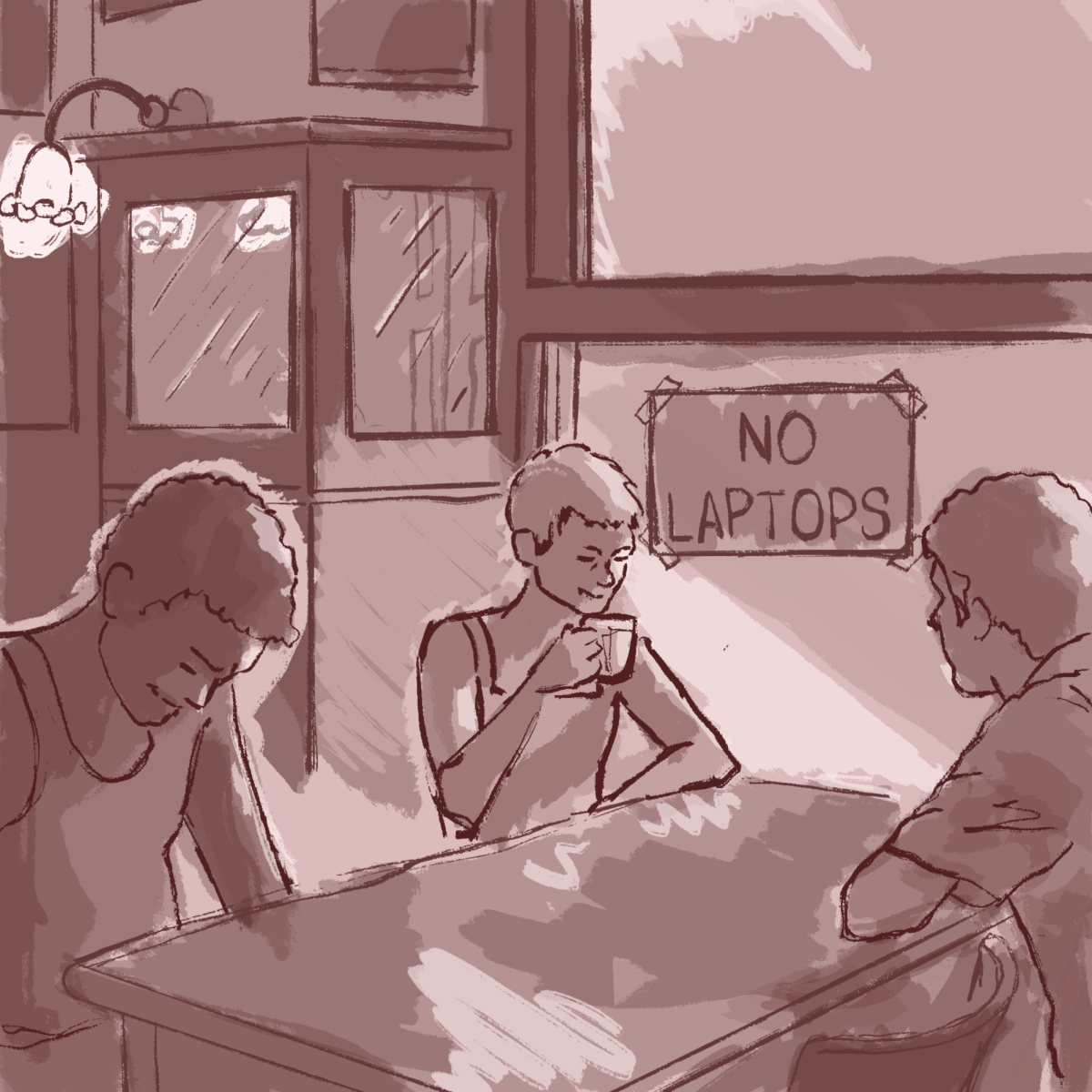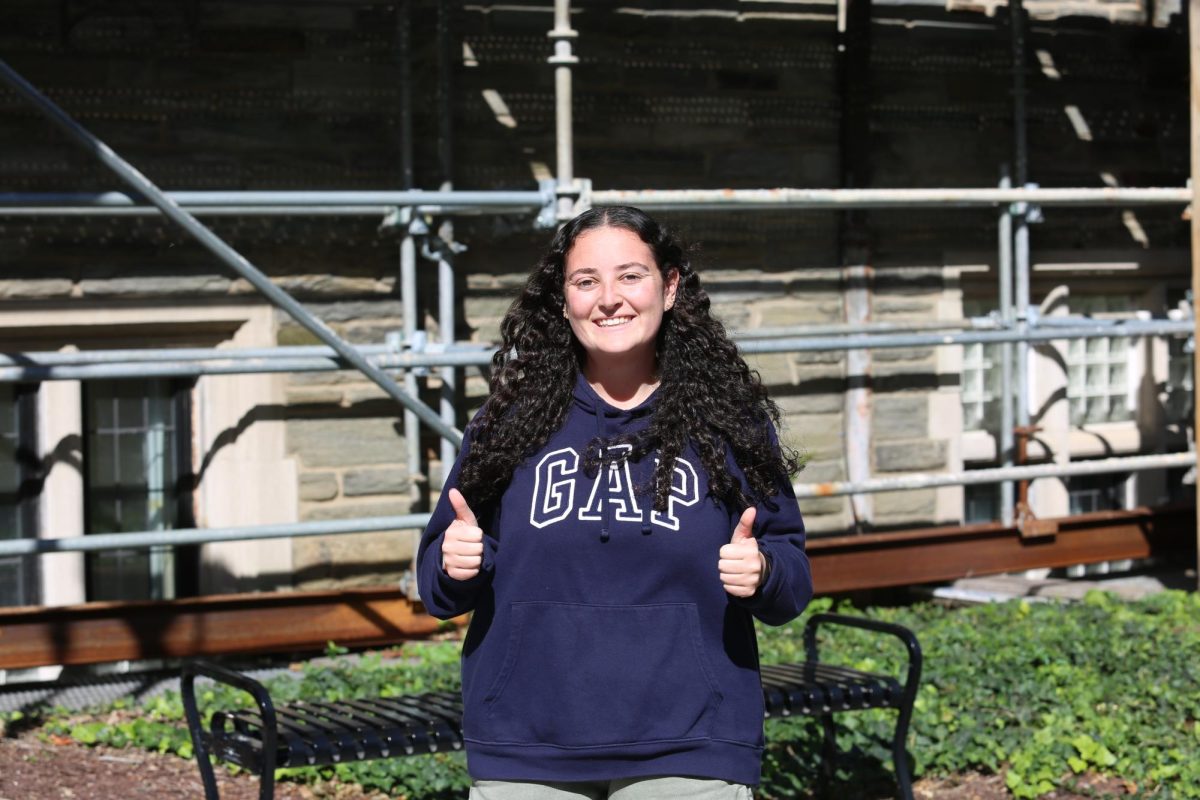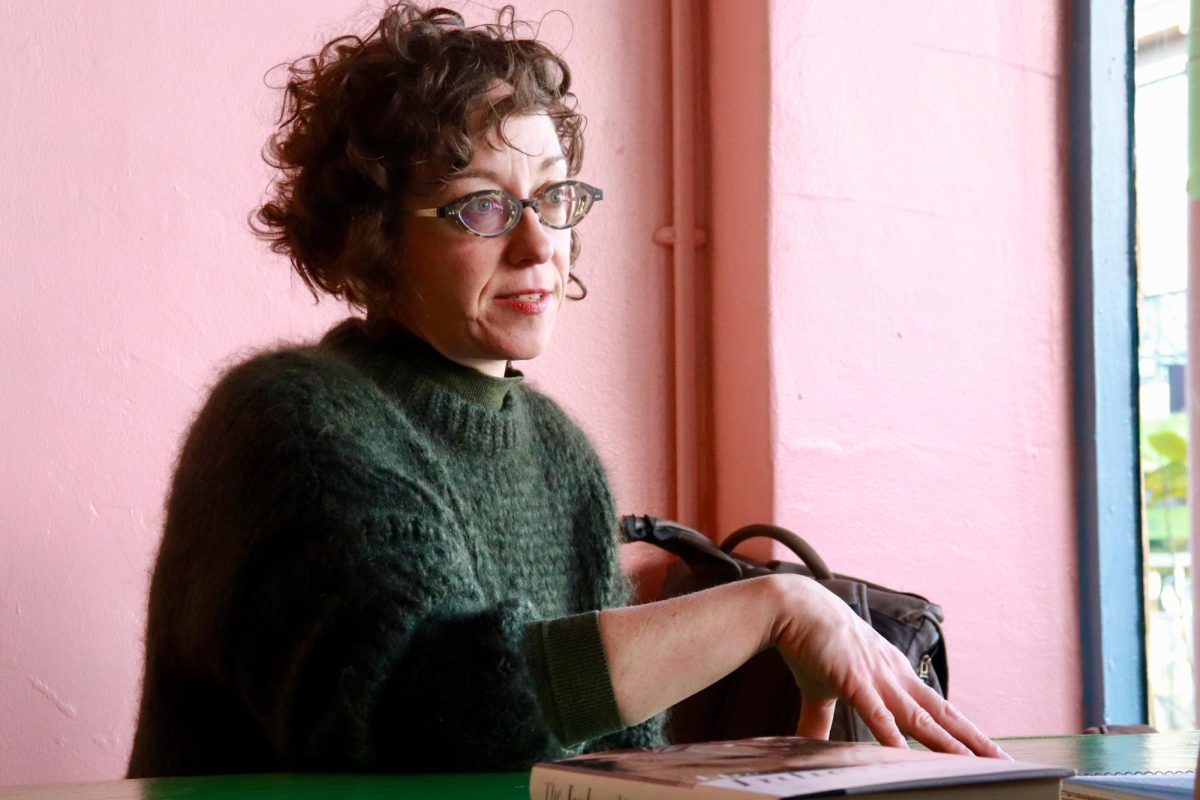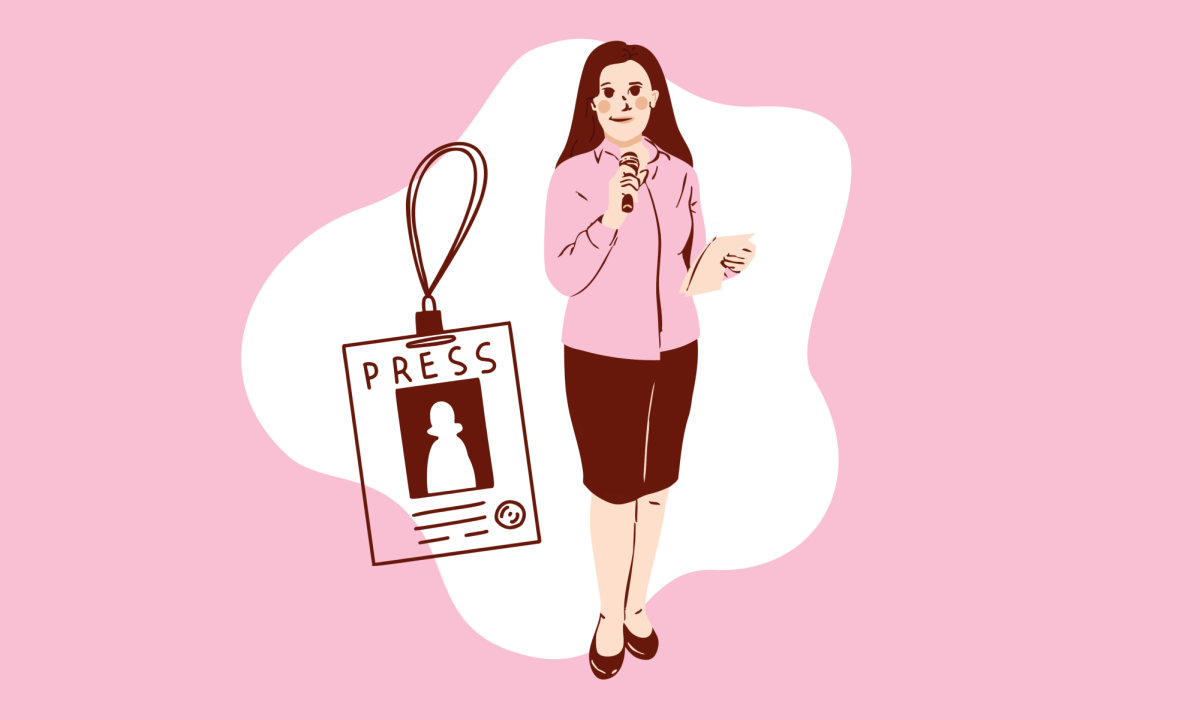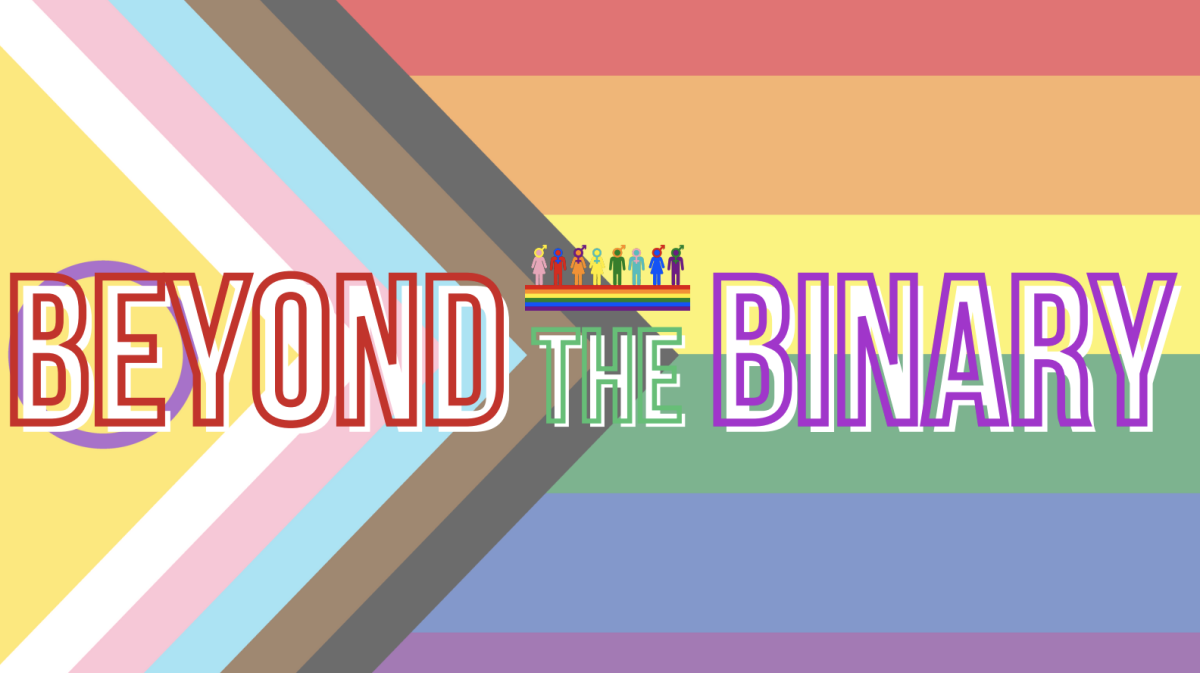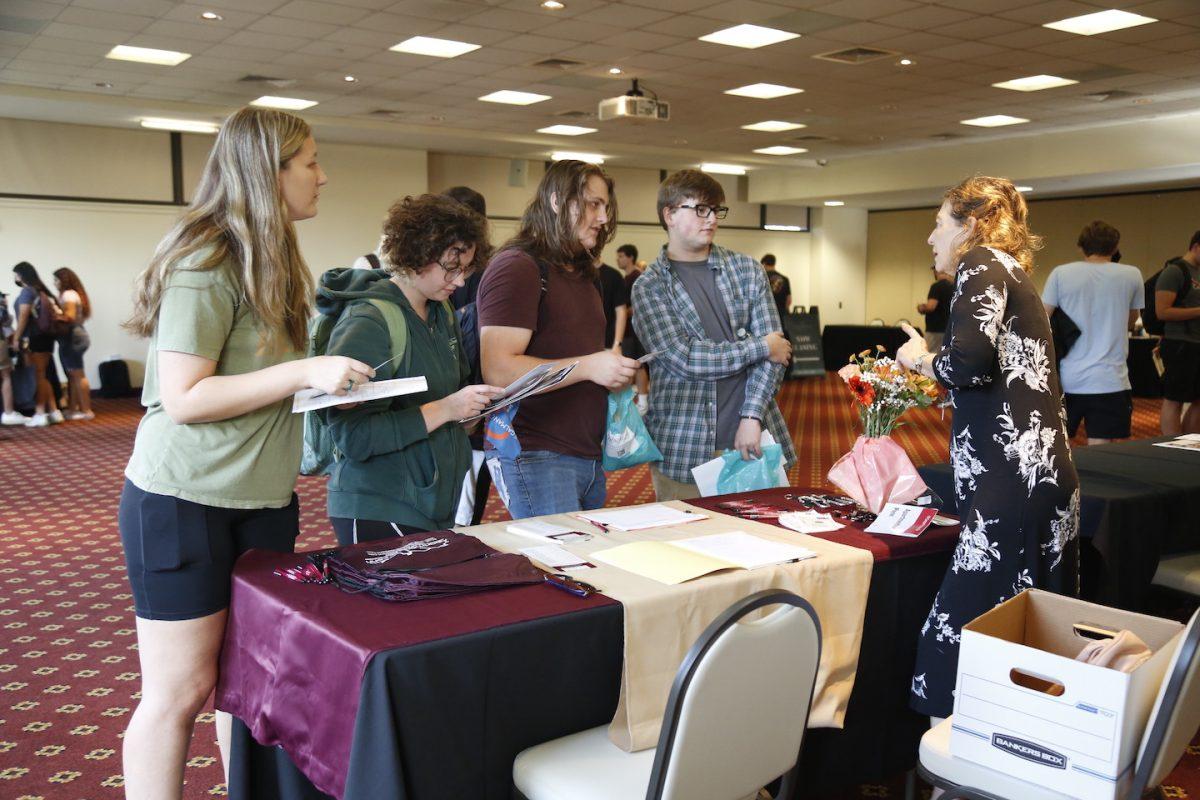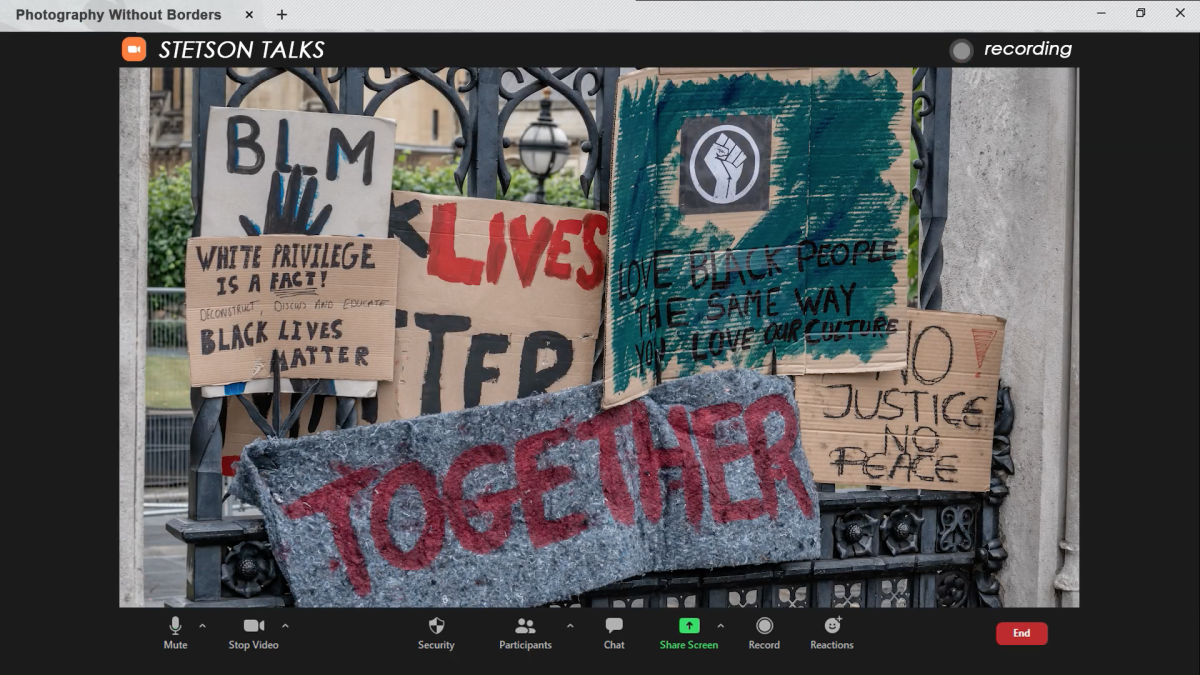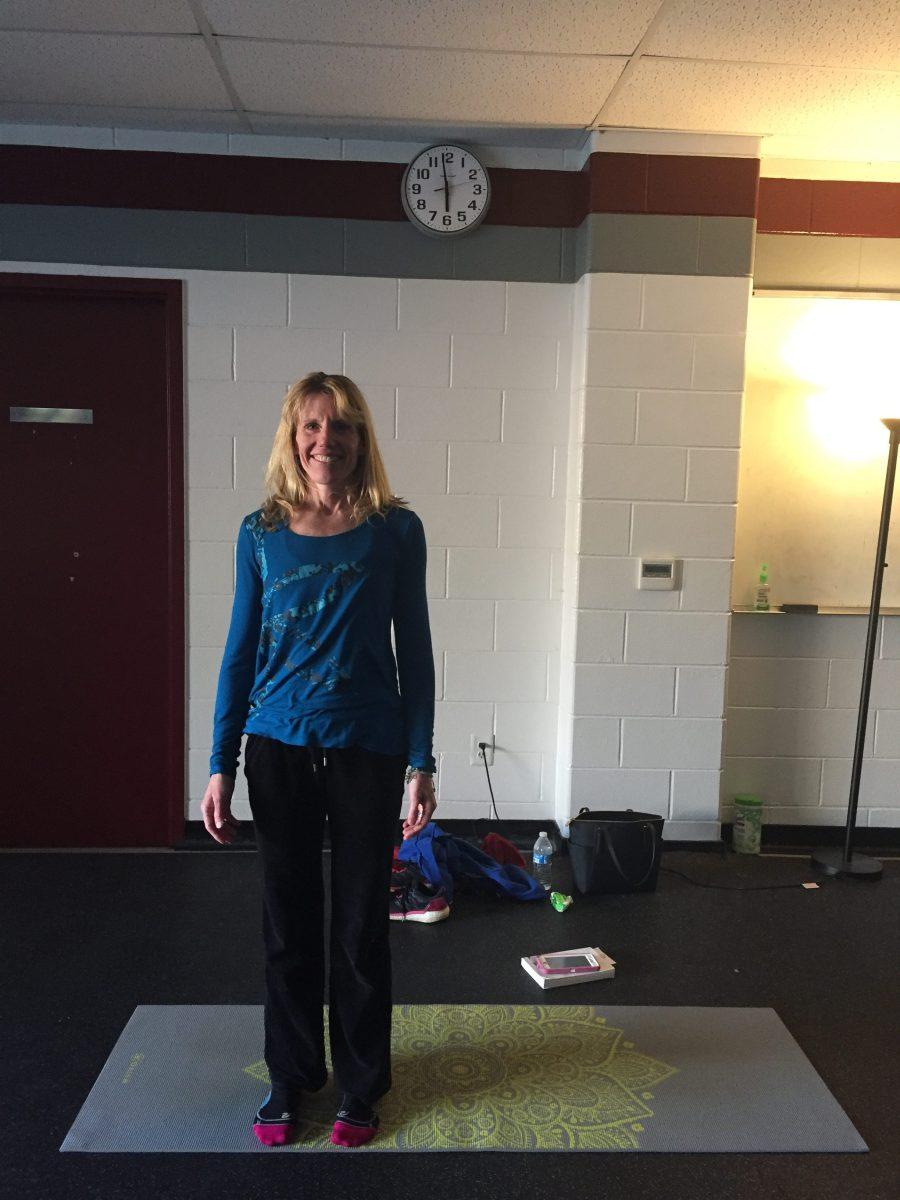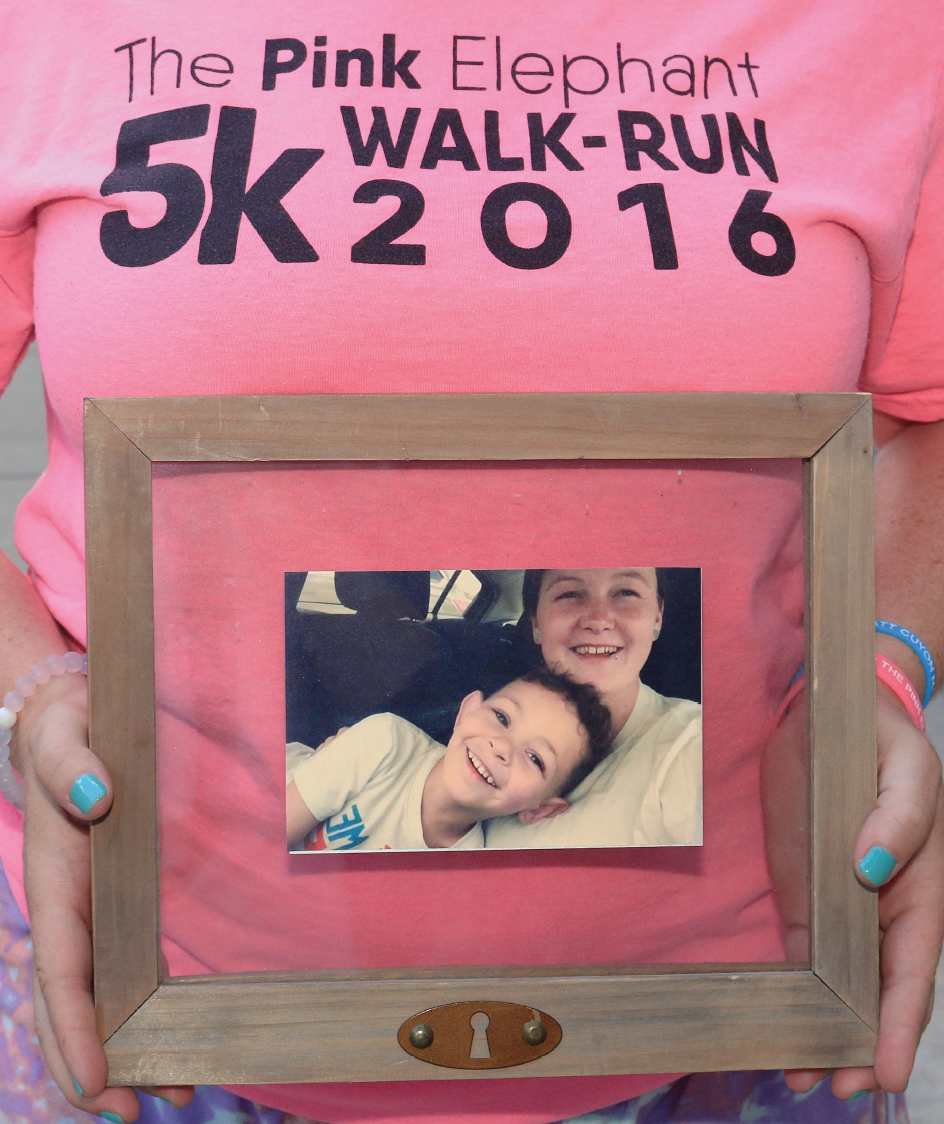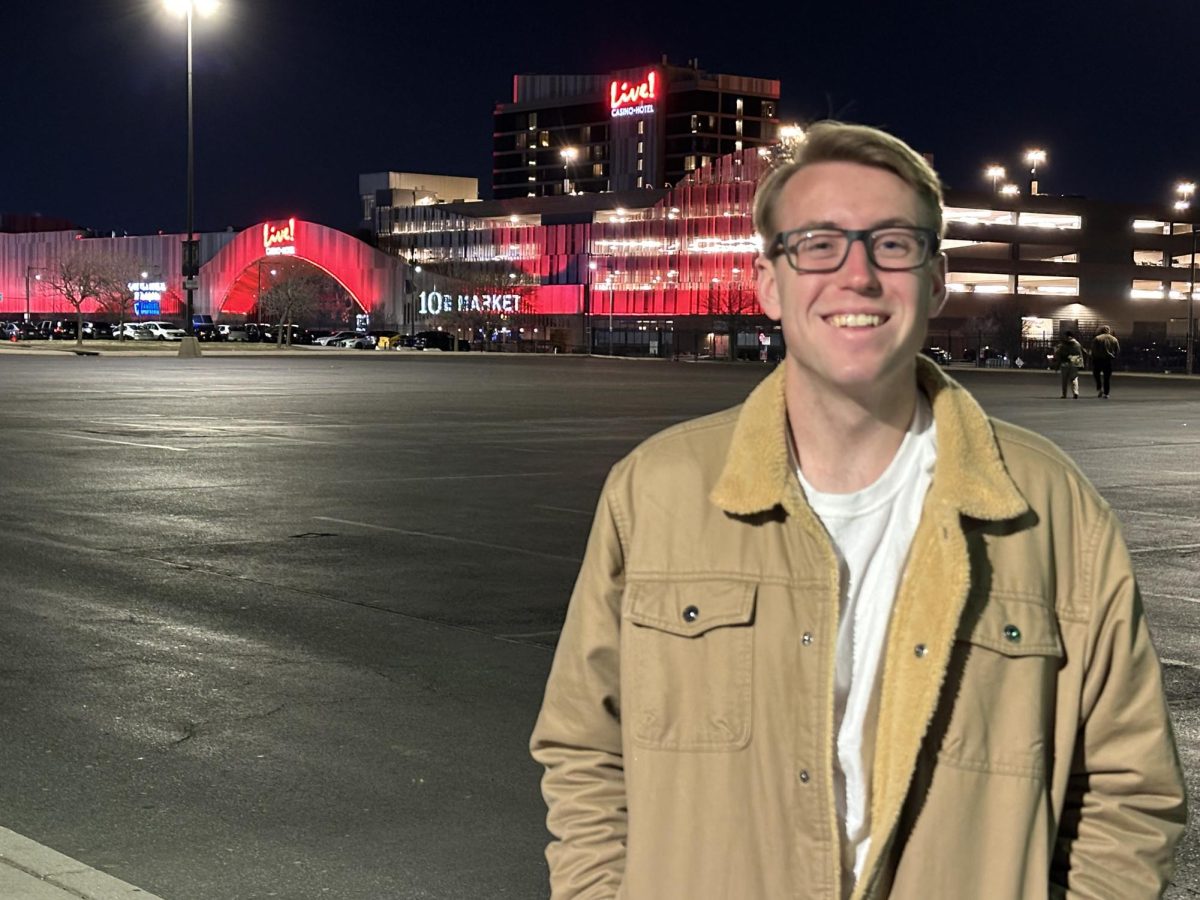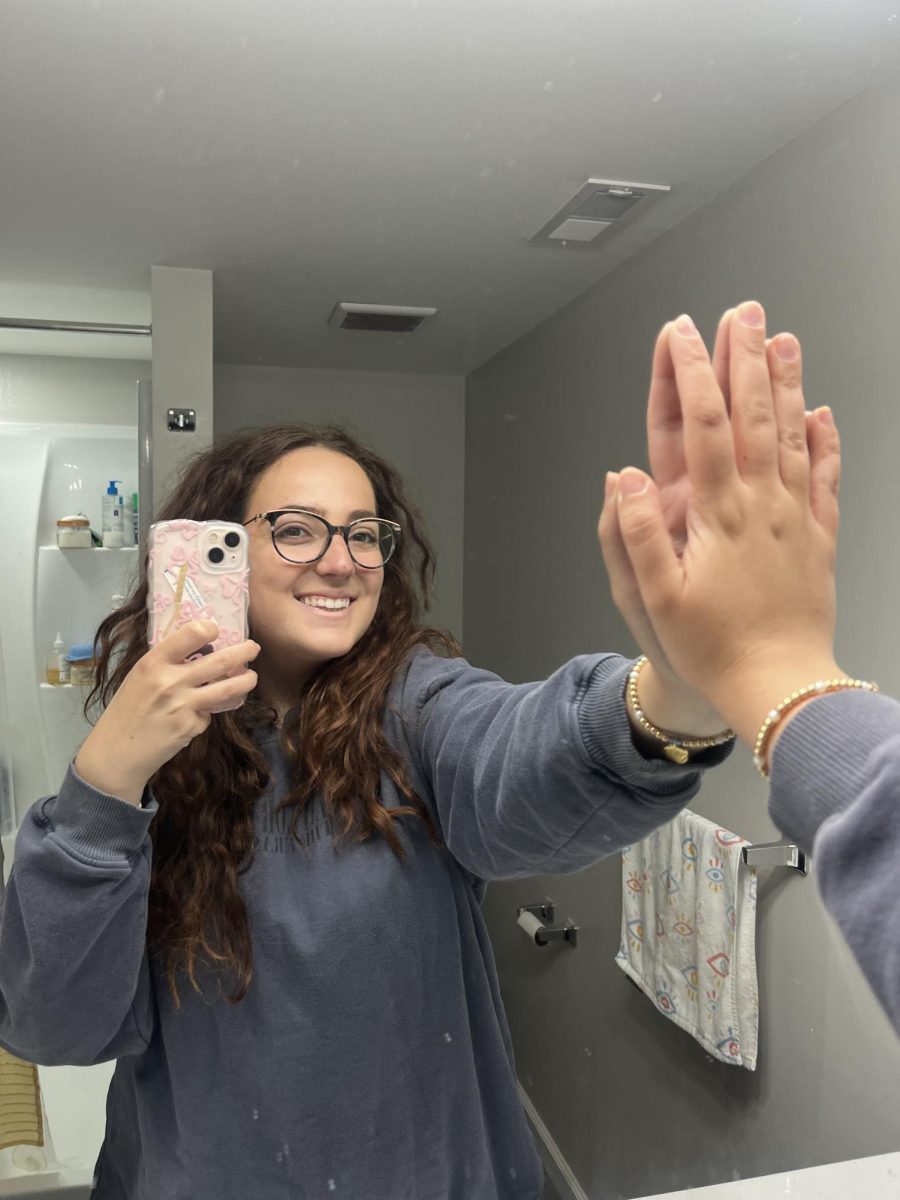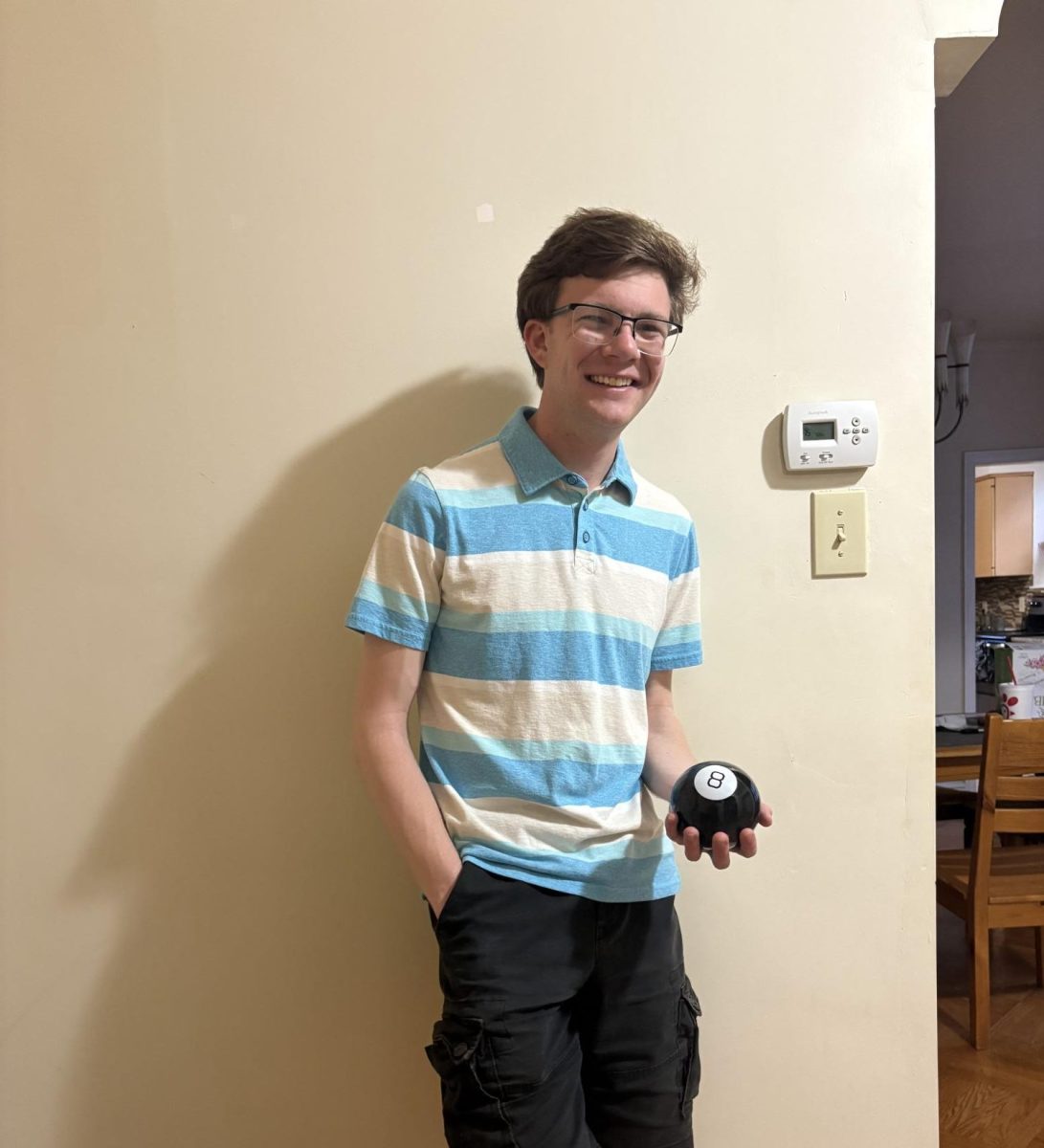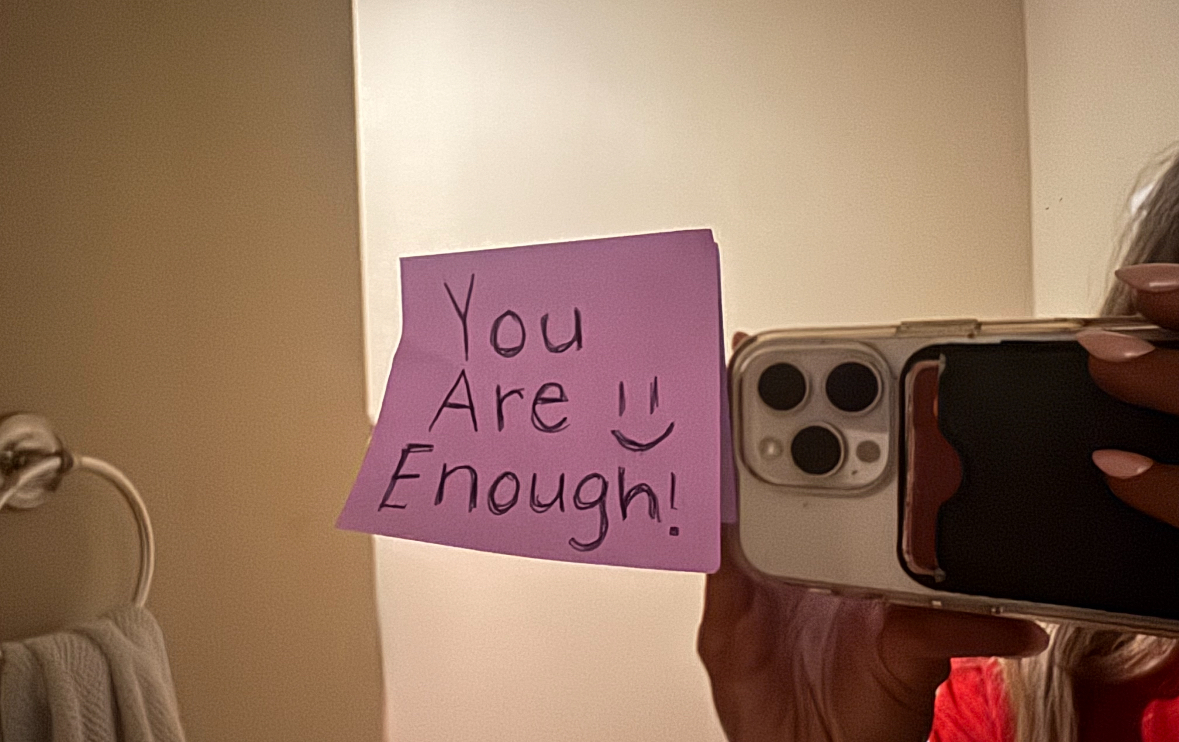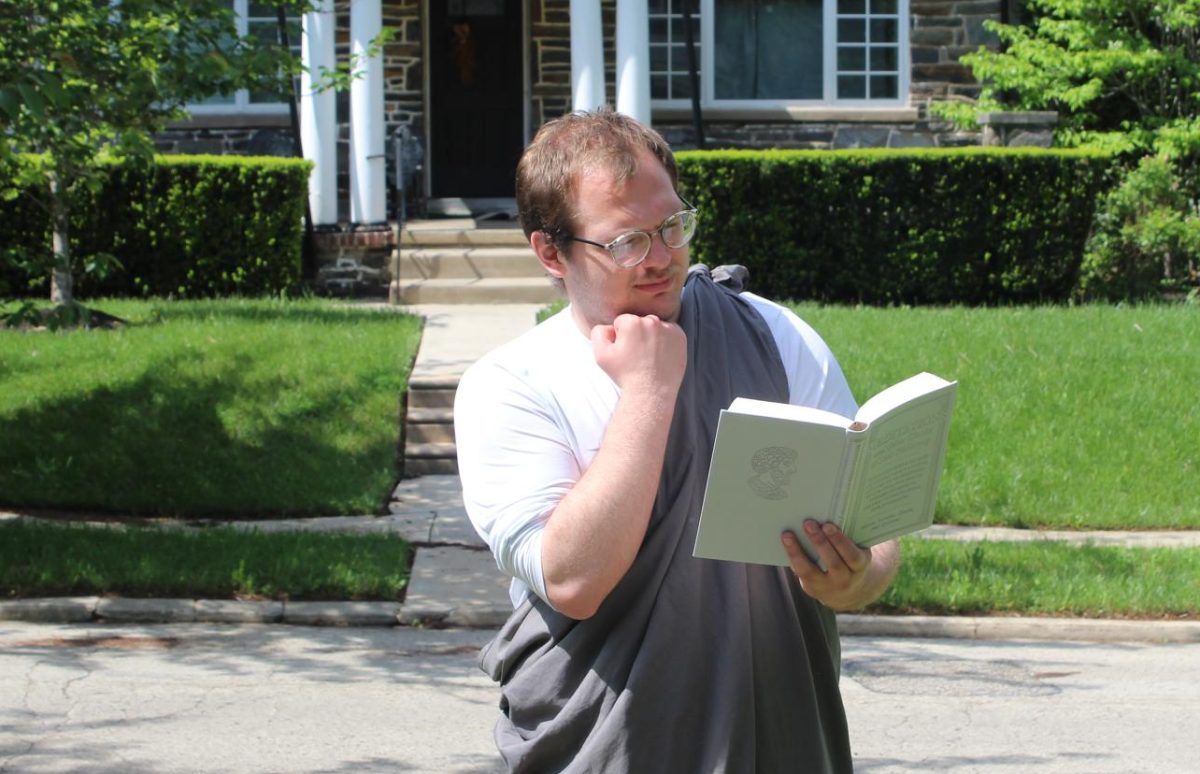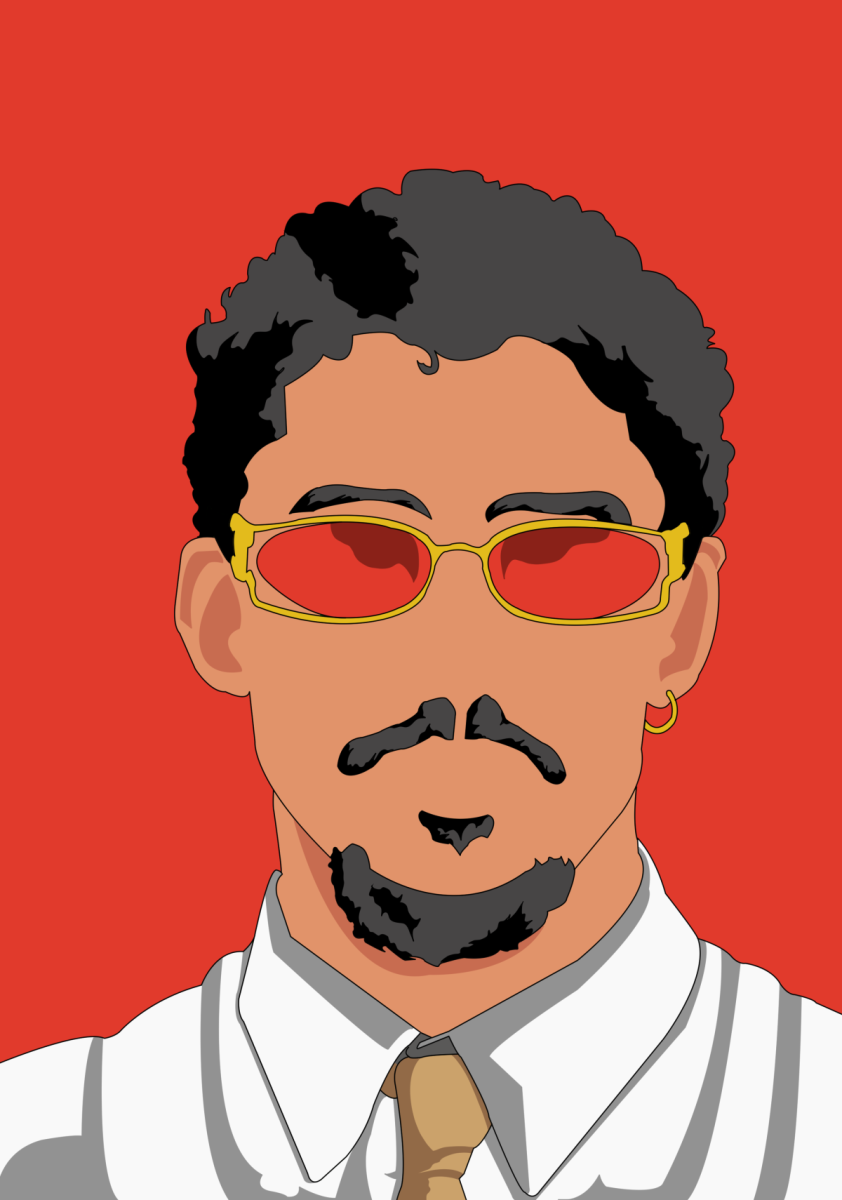A third place is one that is distinct from home and work, a public environment where community is cultivated. As I’ve studied abroad in Madrid and observed in Copenhagen, third places are distinct when compared to those in my home in Long Island, New York. These European cities foster community through intentional care toward third places.
Since middle school, my daily routine has included sitting alone in public to complete schoolwork. Instead of leisurely socializing, I oxymoronically have a tunnel-visioned goal of completing whichever task I’d left my house for. I routinely utilize third places not for social interaction, but for social isolation, hoping to propel myself toward “productivity.”
At a Spanish café, my friend and I opened our laptops in silence, as if we’d been programmed to do so, when an employee approached us, telling us we could not use them. Putting our laptops down, my friend and I began to speak.
In Copenhagen, my friends and I ventured into a café to a large table, excitedly sharing stories when we observed a “no laptops” sign. Exchanging surprise at the rule, one friend noted, “Yeah, I saw someone reading.” Someone reading in a café, which us Americans saw as out of place, was something I realized should be normalized. I also noticed some couples and friends reading around me. This is what third places should be: places where we are leisurely incorporated into a larger community.
The decrease of third places in the United States reflects a society: the loneliness epidemic that plagues my generation. Our capitalistic desire to be productive separates us from community. We must rewire our brains to realize that it’s OK to slow down, to breathe, to laugh and to talk. It is necessary for our shared humanity.

